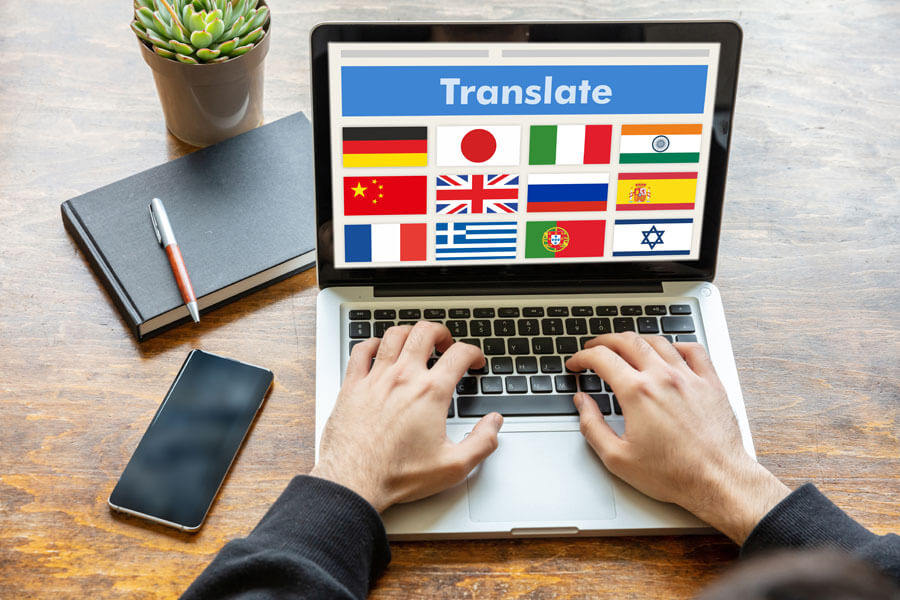The importance of translation and localization services has dramatically increased since the advent of the Internet. Companies have the opportunity to expand their business and reach international markets, simply by consolidating their online presence. However, one must keep in mind that the majority of people using the Internet doesn’t speak English and in general, clients don’t feel comfortable to buy a product which is not sold in their native languages.
As a result, the content volume to be translated has constantly increased, posing a real challenge in terms of production and timeline to human specialised translators.
Today professional translators rely more and more on translation technologies and businesses can benefit from the opportunities offered by CAT-tools.
To start with, a CAT-tool – where CAT stands for Computer Assisted Translation – allows to create or add a client-specific translation memory (TM) and terminology. The translation memory could be simply defined as a database of original texts submitted by the clients along with their translations. Every time you decide to translate a new document, the TM will suggest identical or similar content which can be reused by the translator without doing the same job again.
The second main feature of a CAT-tool is the termbase which allows an efficient management of the company terminology, including for example, the specific ways a company wants to name its brands, products, services and processes and be sure the translation is consistent and accurate.
Let’s make a practical example: you need to translate a technical document of a medical device or product specifications. You will ask a professional translator and a professional proofreader to perform the translation and revision tasks by creating and updating your company-specific translation memory and termbase. By doing that, the translation memory will suggest possible repetitions and similar parts of texts and will store the new bilingual text; at the same time, the termbase will suggest the specific ways you want to call your brands, products, services and processes.
In one year, if you release a new model with some minor changes, you can reuse the same translation memory and termbase. By doing that, the translation and proofreading process will be more accurate, faster and cheaper!
Last but not least, a CAT-tool also offers automated project management features and the possibility to add neural machine translation along with your translation memory and termbase.
To conclude, if you choose to use the translation services offered by a translation technologies expert using Computer Assisted Translation, you will have at least 3 advantages:
- High quality translation
- Cost-efficient translation solutions
- Increased productivity
My recommendation is always to look for a certificate translator that is experience with translation technologies.




